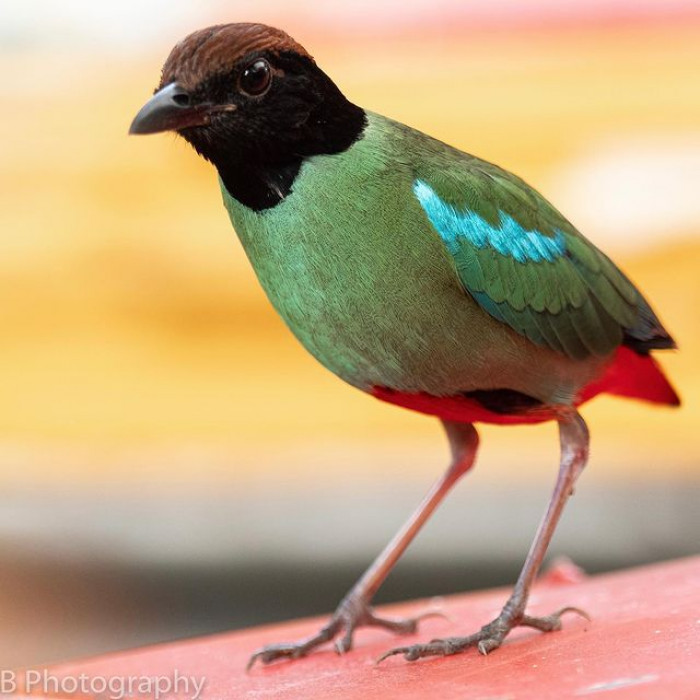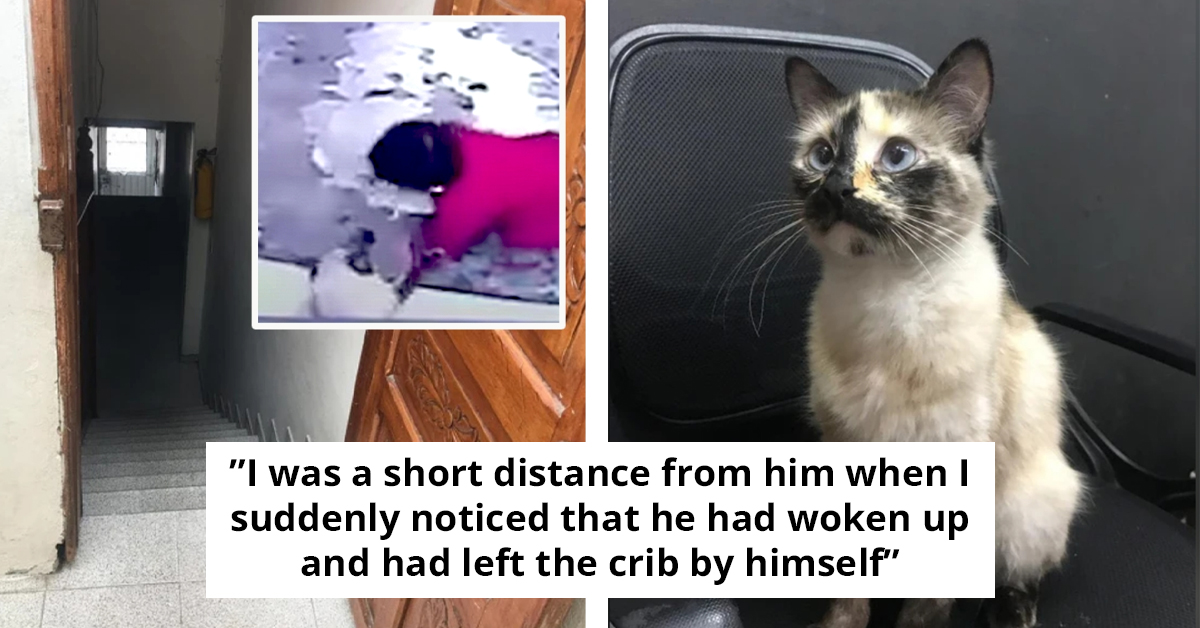The Hooded Pitta Is A Dark Haired Beauty In A Flashy, Iridescent Green-Blue Coat
Bird enthusiasts are often drawn to the most beautiful, remote places in nature when searching for rare species of magnificent birds. Some bird watchers have become experts at bird calls and they use this skill to get exceptionally close to the animals in the wild.
Often, bird watchers are equipped with nothing more than a set of binoculars, a camera, and a field guide to help identify different birds. It requires extreme patience and the ability to remain quiet for long periods, but the reward is an experience with some of the world's most unique and fascinating creatures.
The history of birds and their origin can be traced back to the prehistoric period when dinosaurs roamed the planet alongside the ancestors of modern-day birds. The fact that we have incredibly delicate and vibrant birds living in the wild today is a small evolutionary miracle.
One of those fancy little birds is the Hooded Pitta, a flashy forest foraging bird that is hard to miss once you manage to spot it. The Hooded Pitta is a blurry streak of green and red as it moves through the underbrush and its brilliant, iridescent colors serve a purpose for the bird.
Read on to learn more about this surprisingly unique bird.
Meet the Hooded Pitta!
The scientific name for this bird is Pitta sordida but the more commonly used name is simply the Hooded Pitta. It is a passerine bird in the Pittidae family.
The "Hooded" part of its name is inspired by the chestnut crown sitting atop the bird's jet-black head, giving the illusion that it's wearing a hood. The bird's emerald green body is brightly contrasted below its dark hood, and light bluish-turquoise feathers run up the wings.
Finally, below the bird, a bright crimson streak is visible that ends near the bird's tail.
 @bird.pics_
@bird.pics_Both the male and female birds are vibrantly colorful
The bird has long, thin legs and surprisingly long feet that are used to grip larger branches. Like most bird species, the female is less vibrant in color than the male, however, she still has a bright green feather coat.
 @andri_pmana
@andri_pmanaThe male and female are hard to tell apart to the untrained eye
Females also share a similar slightly down-curved bill as the male but tend to have more blue hues than white in their wing feathers. It would be hard for most people to tell a male and female apart, but not a true hobbyist bird watcher!
 iyanggg_photography
iyanggg_photographyThe Hooded Pitta is an Asian species
The bird is an Asian species that hails from southern China and northern India, all the way down to Indonesia and Papa New Guinea.
 @old_wandering_soul
@old_wandering_soulThe eat mostly insects from the forest floor
These birds are notoriously shy and spend the majority of their time foraging the forest floor for adult and larval insects including ants, beetles, cockroaches, earthworms, termites, and snails. They also love berries when they are in season.
 @gs_wee
@gs_weeChicks are ready to leave the nest at 16 days old!
This species of bird breeds between February and August. They nest on the ground by building a dome-shaped structure out of roots, moss, twigs, and bamboo leaves before lining it with a softer material.
Female hooded pittas will lay 3-4 eggs and then take turns with the male incubating the eggs for 15-16 days. Chicks will be fully-fledged at 16 days old.
 @animimages
@animimagesThey are not a species at risk but still face threats
On account of the large breeding range of the bird, the hooded pitta is not considered a species at risk. That being said, there has been a more recent rapid decline in their population as a result of habitat destruction and the illegal pet trade.
 @thebirdingdude
@thebirdingdude
Get to know the shy, flashy forest floor dweller
Watch the following YouTube video to get an up-close look at the flashy forest floor dweller, the Hooded Pitta, as it moves around the underbrush.
Keep an eye out for the hooded pitta next time you go hiking
Bird watching isn't exactly for everyone, but if you have the time, patience, and a little bit of faith, you can end up having some amazing experiences with the birds of the forest. Next time you head out to the woods, keep your eyes fixed on the ground for signs of these speedy, evasive little birds.
H/T OneBirdCage.com




